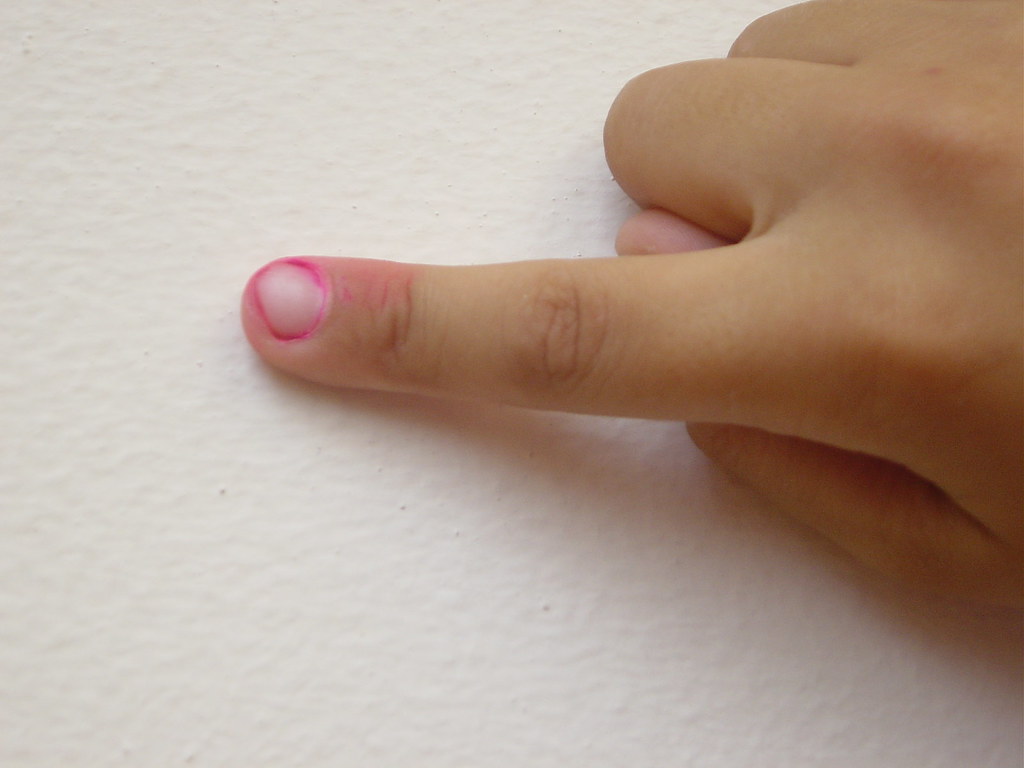
Each finger may flex and extend, abduct and adduct; therefore it may also circumduct. Flexion is by far the strongest movement. In humans, there are two large muscles that produce flexion of each finger, and additional muscles that augment the movement. Each finger may move independently of the others, though the muscle bulks that move each finger may be partly blended, and the tendons may be attached to each other by a net of fibrous tissue, preventing completely free movement. This is particularly noticeable when trying to extend the fourth digit (third finger) with the others flexed.
Fingers are usually moved under conscious control. In humans, they are used for grasping, typing, grooming, writing, and many other activities. They are also used in signaling, as when wearing a wedding ring, finger counting or when communicating in sign language.
Aside from the genitals, the fingertips possess the highest concentration of touch receptors and thermoreceptors among all areas of the human skin, making them extremely sensitive to heat (and cold), pressure, vibration, texture, and moisture. Fingers are thus commonly used as sensory probes to ascertain properties of objects encountered in the world, and in such a role, they are prone to injury.
Fingers do not contain muscles other than arrector pili muscles. The muscles that move the finger joints are in the palm and forearm. The long tendons that deliver motion from the forearm muscles may be observed to move underneath the skin at the wrist and on the back of the hand.
Function of Finger
Subscribe to:
Post Comments (Atom)
No comments:
Post a Comment